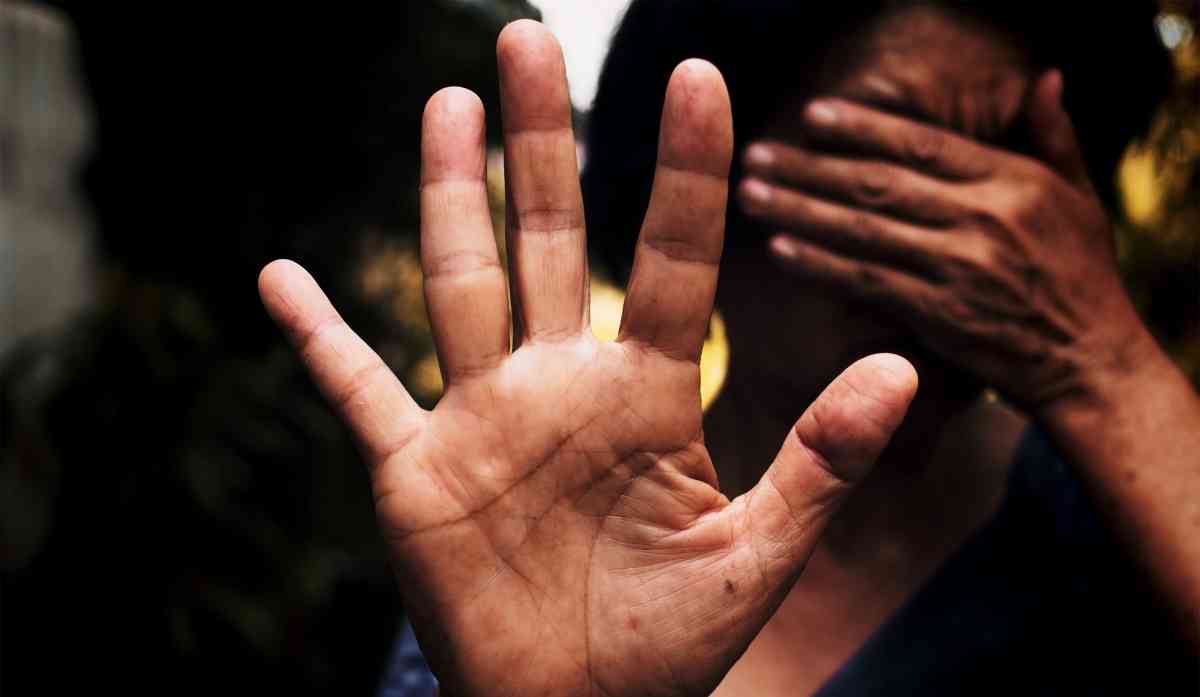
AS we commemorate the 16 days of activism against gender-based violence, I have decided to pull out a strand that is so instructive, yet not much attention has been paid to it. Women’s right to the city!
On the surface, this may sound just like another of those plastic narratives so rampant in the civic discourse. But, if you indulge me a bit more, dear reader, I assure you this will be worth your read if I may be bold enough to say so myself.
The modern city is an interesting place. We grew up drawn to the lights of the city and the promise of a better life, evident in the appearance and demeanour of our cousins who would visit the village during the holidays. It was always the destination of our flight from the daily struggles within our humble village abode. It was the beginning of and the end of our ambition.
For me, and many others I know with a strong rural background, we have found the city lights to be deceitful, glittering generalities.
There are many layers of the city which, in the daily rat-race to continue breathing the city air, are rarely explored. The blinking city lights co-exist with, or more aptly, conceal entrenched and systematic injustice for those whom the city was not created for in the first place.
Campaigns, operations, and protests
Last week, I witnessed - or rather, supported an anti-sexual harassment campaign in Bulawayo by the Zimbabwe Chamber of Informal Economy Association and the Zimbabwe Young Feminists Movement.
The campaign was part of the 16 days of activism against gender-based violence, and it tackled a particularly pervasive problem in the informal sector, which also has no legal framework covering it.
- Revisiting Majaivana’s last show… ‘We made huge losses’
- Edutainment mix: The nexus of music and cultural identity
- ChiTown acting mayor blocks election
- Promoter Mdu 3D defends foreigners 30 minute set
Keep Reading
The current Labour Act goes a long way to accord protection and criminalise sexual harassment. But it only applies to those formally employed. If you are sexually harassed in the informal sector, the recourse is difficult to come by.
Operation Chipo Chiroorwa
This campaign had me reflect on two other similar campaigns by women. One was in 2012, which was a protest against a police operation that was code-named “Operation Chipo Chiroorwa,” loosely translated to “Chipo get married.”
The police in Harare are reported to have indiscriminately arrested any woman they found on the streets alone at night. The women could not walk alone at night as they risked being arrested.
They had to walk in male company or guardianship for them to be spared from the operation.
The offense, you may ask, dear reader, was that a woman walking alone at night dressed in a mini skirt or tight-fitting attire could only be soliciting sex work. The Liverpool soccer fans' motto, “You’ll never walk alone,” took a whole new meaning in the street of Harare. The message to women was clear — never walk alone!
This elicited protests led by prominent feminists to challenge this apparent harassment of women.
Fortunately, the Supreme Court ruled in the same year that the arrests were illegal. What a relief. But did it have to take the Supreme Court to point out the obvious?
The mini-skirt campaign
The police had unlikely accomplices in the harassment of women based on how they were dressed — the touts.
Women faced verbal and physical harassment by touts in bus ranks who hurled vulgar words and unprintable expletives for wearing miniskirts. In some instances, they would have their clothes ripped off by these unruly touts.
Again, women had to take to the streets wearing mini-skirts and tight-fitting clothing to protest the pervasive harassment.
This is still an ongoing struggle, judging by the abusive social repertoire that is appropriated and directed at these women by different people in public spaces.
Women’s woes in the city unending
Zimbabwe’s cities have often been a site of injustice for the poor, the excluded, and the vulnerable due to both structural and social settings of urban spaces, processes, and systems.
The above recount of women's experiences in the city is just a scratch on the surface.
For women, urban spaces present the convergence of two societal evils, capitalism and patriarchy, which are mutually reinforcing to perpetuate gender injustice. This can be seen in how women’s bodies in urban settings are subject to social control, both formally and informally.
City built for an employed adult male
The advent of modern cities in Zimbabwe was during the colonial era.
For the African population, the design of the city was to accommodate an adult working male, as women were relegated to the villages and could only access the city for short periods. When they could eventually come to the city, they would come to join their husbands as homemakers, who essentially provided care work at home as they could not be employed.
Of course, with time, as gender equality conversations took root, women were accorded the same access to the city and its economy as men.
The planning and design of the city did not change to accommodate the new city dwellers who were female.
The structural rigging of the economy also did not see a fast enough transformation to enable women in the city to gain employment at the same rate as men.
This explains why, to this day, in terms of amenities, our cities have limited and often paid public toilets.
Where such amenities are present, they do not have adequate facilities for women, including proper care for babies.
For instance, it is a struggle to change a baby’s diaper in the city because the public spaces have no amenities for that.
Sorry, there’s no work for women
It also explains why we have the huge majority of those employed in the informal economy and other precarious forms of employment being women.
The formal urban economy was never initially designed for women.
It was for an employed male adult. Laws were even enacted to criminalize the presence of unemployed residents in the city. By-laws criminalising vending and other forms of informal trade are still in force in some of our urban areas — relics of colonial city planning and design.
The urban spaces created by traditional city design and planning often fail to recognise the complex and unequal relations between men and women in our society. In essence, gender and space or sexuality and space collide to create a precarious environment for women in the city.
Women eking out a living as vendors on the streets and in the markets suffer persistent injustices in the city.
Women also often feel unsafe walking in the city for fear of harassment, particularly sexual harassment.
As demonstrated earlier, harassment does not only come from unruly elements in the city, but sometimes it also comes from the formal institutions that are created to protect citizens in the first place.
The sober view
The city is a public space that represents a common good, shared spaces for exchange and encounters, but the harassment that women sometimes experience in the public space sends a message that they are not welcome there.
That they cannot walk alone. And that they cannot wear whatever they desire.
It also means they cannot find accommodation in the formal urban economy as evidenced by the huge numbers of women earning a living in the informal sector.
Yet, women constitute the most vulnerable in the city in terms of health, safety, and economic insecurity.
This increasingly leads to women struggling to stake their claim in the city.
Such a city maintains the colonial position where the have-nots did not have equitable access and tools that allow them to be productive in an environment that does not threaten their dignity.
The intersection of patriarchy and capitalism creates an urban character and spaces in which women’s right to the city is a daily contest.
It is a contest that requires sustained conversations and actions that seek to transform the spaces and systems to create an equalized urban space where women’s rights are upheld, their voices heard, and their bodies respected — a just city.
As a society, we must rethink our public urban spaces' structural and social settings, transform them, and create a just city where everyone has equitable access — a setting where women’s right to the city is guaranteed and protected.
This is my sober view; I take no prisoners.
Dumani is an independent political analyst. He writes in his personal capacity. — X profile: @NtandoDumani.







